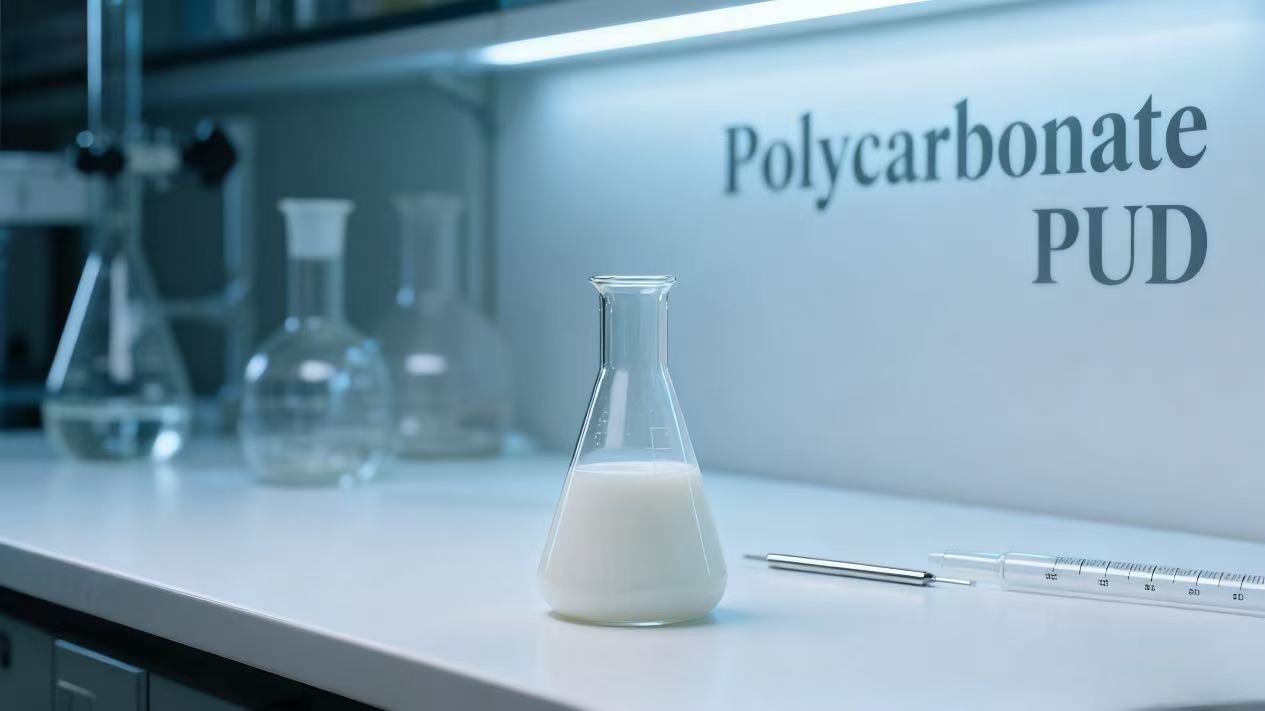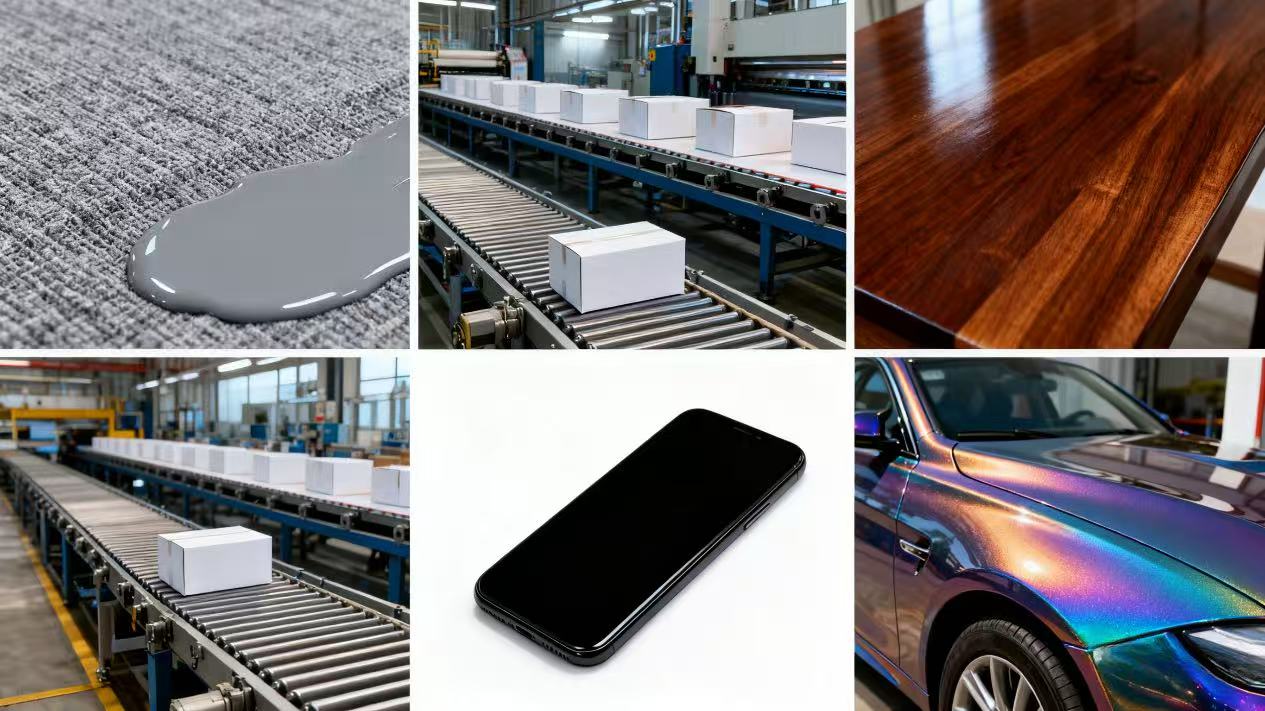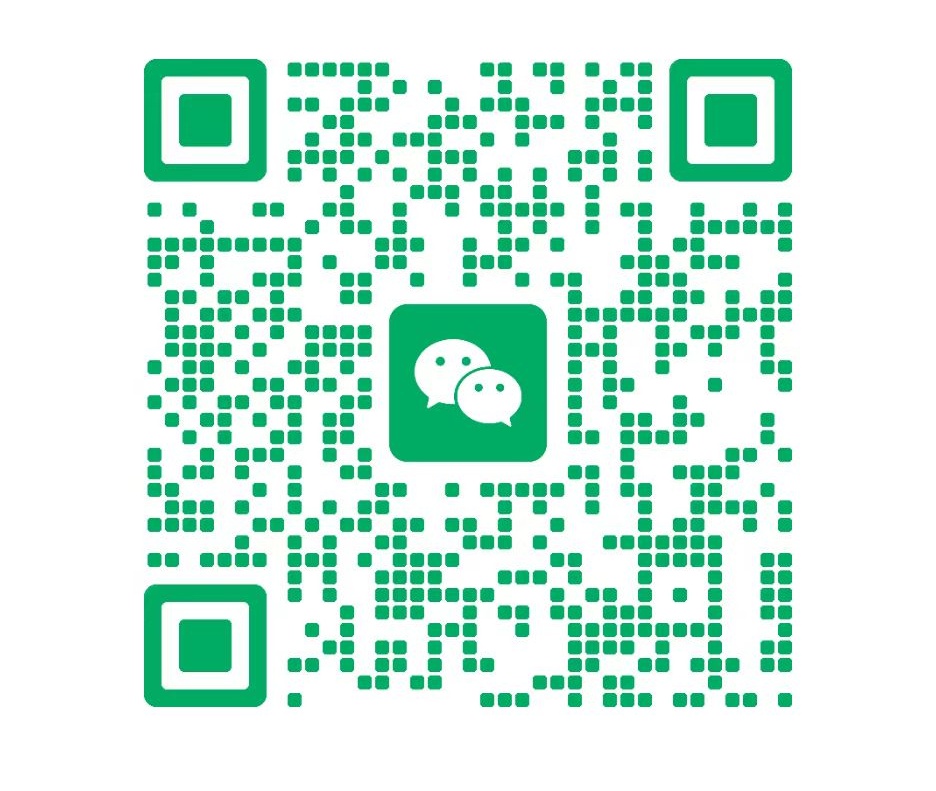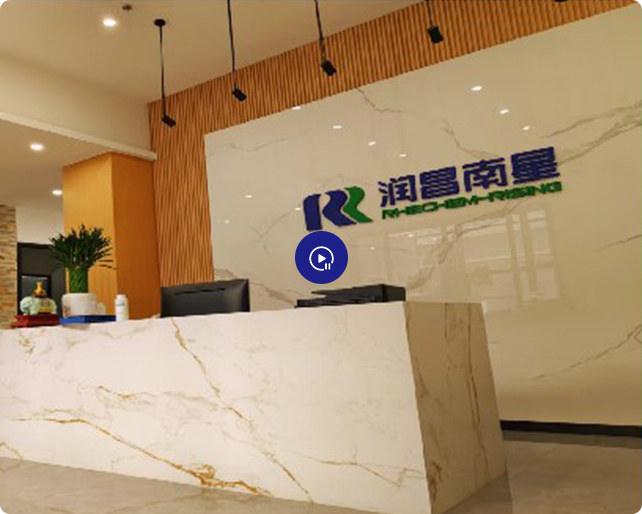Introduction
Polycarbonate-based waterborne polyurethane dispersions (PUDs) represent a significant advancement in coating technology, combining the exceptional performance of polycarbonate polymers with the environmental benefits of water-based systems. These innovative materials are designed to meet increasingly stringent global regulations while delivering outstanding durability and versatility across various industrial applications. Unlike conventional solvent-based polyurethanes, polycarbonate PUDs utilize water as the primary dispersion medium, significantly reducing volatile organic compound (VOC) emissions and enhancing workplace safety.
The fundamental chemistry of these systems involves a unique polycarbonate macrodiol structure that provides exceptional hydrolytic stability and mechanical properties. This molecular architecture, combined with the environmentally friendly aqueous dispersion platform, offers formulators a sustainable solution without compromising performance. As industries continue to shift toward more sustainable manufacturing practices, polycarbonate PUDs have emerged as a premier choice for high-performance coatings in automotive, electronics, industrial, and packaging applications.

Key Characteristics and Properties
Applications Across Industries
Automotive Coatings: Polycarbonate PUDs provide exceptional scratch resistance and soft-touch surfaces for interior components such as dashboard panels, trim pieces, and steering wheels. Their low VOC emissions contribute to improved indoor air quality in vehicles, while their durability ensures long-lasting performance.
Consumer Electronics: These dispersions deliver superior abrasion resistance and chemical durability for mobile device casings, wearable electronics, and home appliance surfaces. The excellent optical properties and ability to maintain aesthetic appeal under frequent use make them ideal for consumer applications.
Industrial Wood Coatings: Offering excellent UV stability and wear resistance, polycarbonate PUDs are increasingly used for furniture, flooring, and architectural wood applications. Their low emission characteristics contribute to healthier indoor environments while providing durable protection.
Packaging Solutions: In the packaging industry, these dispersions provide high-adhesion and abrasion-resistant overprint varnishes for food packaging, labels, and premium consumer packaging. Their compliance with food contact regulations and excellent mechanical properties make them particularly valuable for this sector.
Technical Textiles: Polycarbonate PUDs enhance water resistance and durability for outdoor textiles, medical fabrics, and industrial tarpaulins while maintaining breathability. This unique combination of properties enables the development of high-performance technical textiles for demanding applications.

Technological Advancements
Recent developments in polycarbonate PUD technology have focused on enhancing performance characteristics while maintaining environmental benefits. The incorporation of self-crosslinking technologies has enabled the creation of coatings that cure at lower temperatures, significantly reducing energy consumption during application.Advanced formulation techniques have also improved colloidal stability and compatibility with various additives, allowing formulators to create tailored solutions for specific applications. The finely tuned particle size and distribution of modern polycarbonate PUDs ensure excellent storage stability and freeze-thaw resistance, enhancing their practicality for industrial use.The development of hybrid systems combining polycarbonate PUDs with other aqueous resins has further expanded their application possibilities. These combinations enable manufacturers to achieve customized cost-performance balances while maintaining environmental compliance.
Environmental Impact and Sustainability
The transition to polycarbonate-based waterborne PUDs represents a significant step toward more sustainable coating technologies. By eliminating solvents and reducing VOC emissions, these materials contribute to improved air quality and reduced environmental impact throughout their lifecycle.Manufacturers like Covestro have invested substantially in expanding production capabilities for these sustainable materials. The company's recent expansion in Shanghai, with dedicated facilities for PUD production, underscores the growing importance of these materials in the global market.Furthermore, the durability and longevity of coatings created with polycarbonate PUDs contribute to sustainability by extending the service life of coated products and reducing the frequency of recoating operations. This long-term performance advantage, combined with reduced environmental impact during application, makes these materials an attractive choice for environmentally conscious manufacturers.
Conclusion
Polycarbonate-based waterborne polyurethane dispersions represent a technological milestone in the evolution of coating materials. By combining the exceptional performance characteristics of polycarbonate chemistry with the environmental benefits of water-based dispersion, these materials offer a compelling solution for diverse industrial applications.As regulatory pressures continue to intensify and consumer preferences shift toward more sustainable products, the importance of advanced materials like polycarbonate PUDs will only increase. Their unique combination of durability, environmental compliance, and application versatility positions them as key enablers of next-generation coating technologies across multiple industries.Ongoing research and development efforts continue to expand the capabilities of these materials, promising even greater performance and sustainability benefits in the future. As manufacturers increasingly prioritize both performance and environmental responsibility, polycarbonate PUDs are poised to play an increasingly important role in the global coatings market.



Sitemap Blog Xml Privacy Policy
Copyright @ Runshine New Materials(FoShan) Co.,Ltd. All Rights Reserved.
 Network Supported
Network Supported
leave a message
Scan to wechat :

Scan to whatsapp :

